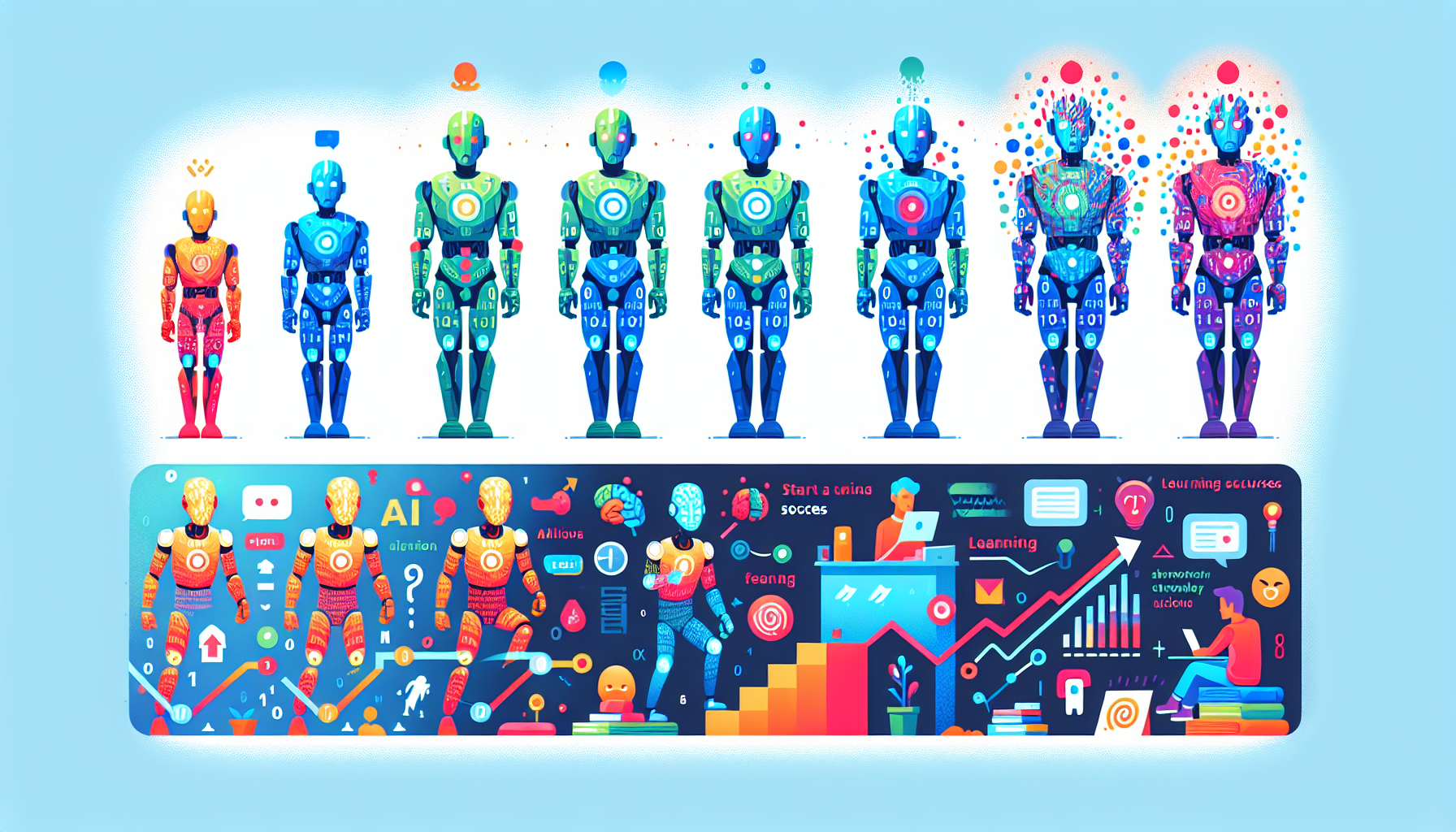
Introduction to AI in Character Development
The incorporation of Artificial Intelligence (AI) in various creative processes has become a game-changer, particularly in the realm of character development for narratives. With AI’s unparalleled data processing capabilities and its ability to generate creative content, writers and creators can explore new depths and facets of character creation that were previously challenging to achieve manually.
The Role of AI in Expanding Creativity
AI tools and applications provide creators with the ability to simulate real-world scenarios, predict character responses based on personality traits, and generate complex backstories. These capabilities allow for a richer, more nuanced approach to character development. By inputting basic information about a character, AI can suggest behaviors, motivations, and even potential plot lines, thereby enhancing the storytelling process.
Generating Backstories
One of the foundational elements of compelling character development is a well-crafted backstory. AI can generate intricate and coherent backstories for characters, based on a set of initial parameters provided by the creator. This not only saves time but also introduces unexpected elements that can inspire new narrative directions.
Understanding Psychological Complexities
AI models trained in psychology can analyze characters’ traits and suggest behaviors or reactions based on psychological principles. This integration can lead to characters that are psychologically richer and more believable, as their actions and motivations are grounded in real-world psychological theories.
Interactive Character Development
Beyond static creation, AI allows for interactive development of characters through role-playing and scenario simulations. Creators can interact with their characters in simulated environments, providing a dynamic way to understand and develop characters’ personalities, decision-making processes, and growth throughout a story.
Improving Dialogue
AI can also play a crucial role in crafting dialogue. By analyzing dialogue patterns, speech rhythms, and language use, AI tools can suggest dialogue that fits a character’s personality and background, making them sound more authentic and individualized.
Challenges and Considerations
While AI offers exciting possibilities for character development, it’s essential to acknowledge and navigate the challenges. Reliance on AI can potentially lead to a lack of diversity in characters if not carefully monitored. AI’s suggestions are based on existing data, which may perpetuate stereotypes or overlook underrepresented groups. Therefore, creators must use AI as a tool for inspiration and enhancement, ensuring that their creative vision and commitment to diversity guide the development process.
Conclusion
The integration of Artificial Intelligence into character development opens up new avenues for creativity, providing writers and creators with powerful tools to enrich their narratives. From generating complex backstories to simulating realistic dialogues, AI can significantly enhance the depth and authenticity of characters. However, it’s crucial for creators to remain actively involved in the process, using AI as a tool for expansion rather than a replacement for the human creative touch. As AI technology continues to evolve, its role in storytelling and character creation is set to become even more significant, promising exciting possibilities for the future of narratives.






